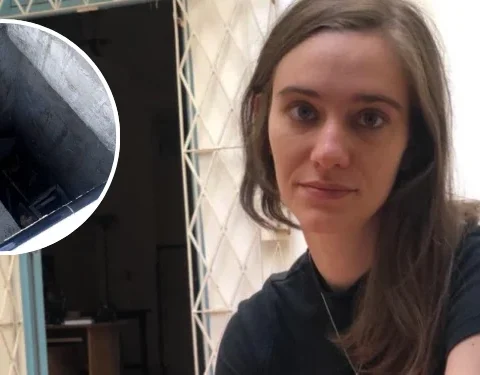Dedicated to José Martí, the National Hero of Cuba, whose 169th anniversary will be celebrated tomorrow, the exhibition has as a guest artist the painter Luis Joaquín Rodríguez Arias, who expresses the tribute in the piece El arroyo de la sierra in allusion to the well-known Martí verses .
The remaining works also allude to the Apostle’s literature and recreate natural landscapes of the journey through the eastern countryside after landing at Playitas de Cajobabo, in the current province of Guantánamo, on April 11, 1895, to restart the necessary war for independence.
In his introductory words, the writer Manuel Gómez indicates the immediacy of this rereading of Martí as another symptom of the usefulness of virtue, with which these painters reveal themselves as bearers of a management of life and of the message of salvation of the human race.
Under the auspices of the provincial committee of the Union of Writers and Artists and the Bayate Community Socio-Cultural Project, Cultural Route, this fifth edition of the Hall honors the National Prize for Plastic Arts that gives it its name and its pioneering contribution to the development of this aspect. pictorial.
Based in the municipality of Julio Antonio Mella, the Bayate group promotes the Ruta para una historia initiative, through which it encourages neighborhood participation in learning about the future of the community and the development of natural skills for artistic creation inspired by the environment natural.
Its members have shown dozens of exhibitions in Cuba and abroad and place pieces in permanent and private collections in Uruguay, France, Spain, Belgium, Germany, the United States, Chile, Haiti, Brazil, Sweden and Switzerland.
With a stable presence at the International Popular Art Fair that is held every year in the city of Santa Fe, in the US state of New Mexico, its members have won awards in recognition of the community impact of their creations, among contestants from dozens of countries. .
The name of Bayate corresponds to that of a homonymous colony of Swedish descent that inhabited the areas surrounding Palmarito de Cauto and experienced an unusual boom in sugar production, a legacy that has proudly defended this cultural endeavor for almost 30 years.
msm/mca















